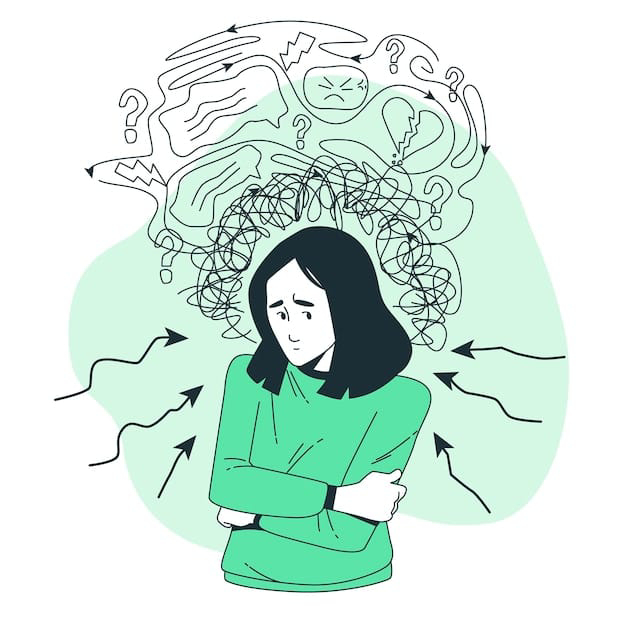Hi, good readers, How are you? Today I want to share an interesting topic, namely "What is perception in psychology" The main reason why I choose this topic because many people are curious about the meaning of perception, based on my own research, perception is like virtual vision where it can give you another view and new direction, In psychology, perception is the process through which individuals organize and interpret sensory information to understand their environment. It involves receiving stimuli from the senses such as sight, hearing, smell, touch, and taste, as well as the processing of that information by the brain to form mental representations or images.
Perception not only includes passive sensing but is also active and involves interpretation that is influenced by experience, expectations, knowledge, and context. Some important aspects of perception in psychology include:
1. Sensory Process: Stimuli from the environment are received by sensory organs (such as eyes, ears) and converted into nerve signals that are sent to the brain.
2. Information Processing: The brain processes these neural signals through various stages to recognize patterns, objects, and events.
3. Interpretation: Processed information is interpreted based on context, past experience, expectations, and existing knowledge.
4. Attention: Perception is strongly influenced by attention, where individuals tend to pay attention to things that are considered important or relevant.
5. Perceptual Constancy: The phenomenon in which the perception of an object remains stable despite changes in observation conditions, such as changes in lighting or viewing angle.
Simple examples are how we recognize a person's face in various lighting conditions or how we understand words in a conversation despite background noise, Overall, perception is the key to interacting effectively with our environment and making informed decisions based on the information we receive through our senses.
Perception in psychology can be divided into several types based on the senses involved and the context of observation. Following are some types of perception:
1. Visual Perception:
- Vision: Recognizes the shape, color and movement of objects.
- Depth Perception: The ability to perceive distance and depth, allowing us to see the world in three dimensions.
2. Auditory Perception:
- Hearing: Recognizes and interprets sounds, including pitch, rhythm and frequency.
- Localization: Determines the direction and distance of the sound source.
3. Tactile Perception (Touch):
- Haptic Perception: Perceives objects through touch, including texture, temperature and pressure.
4. Gustatory Perception (Smell):
- Taste: Recognize and differentiate tastes such as sweet, sour, salty, bitter and umami.
5. Olfactory Perception (Taste):
- Smell: Recognizes and interprets various scents and smells.
6. Kinesetic Perception (Kinesthetic):
- Motion Sensation: Knowing the position and movement of our own body, is important for coordination and balance.
7. Proprioceptive Perception:
- Body Sensation: Awareness of the position of body parts relative to each other.
8. Temporal Perception (Time):
- Timing: Being aware of the sequence and duration of events, important for processing music, rhythm and timing.
9. Social Perception:
- Social Observation: Understand and interpret other people's behavior, emotions, and intentions, including facial expressions and body language.
10. Language Perception:
- Language Comprehension: Interpret spoken or written words and sentences.
11. Multisensory Perception:
- Sensory Integration: Combines information from multiple senses to form a coherent perception. For example, we recognize that a red apple is smooth (touch), red in color (sight), and sweet-smelling (smell).
Each type of perception involves complex processes in the brain to interpret sensory information and form a coherent picture of our environment: Recognizes and interprets various scents and smells, I think the explanation is enough, hopefully this article can give you wisdom and inspiration, good luck.


